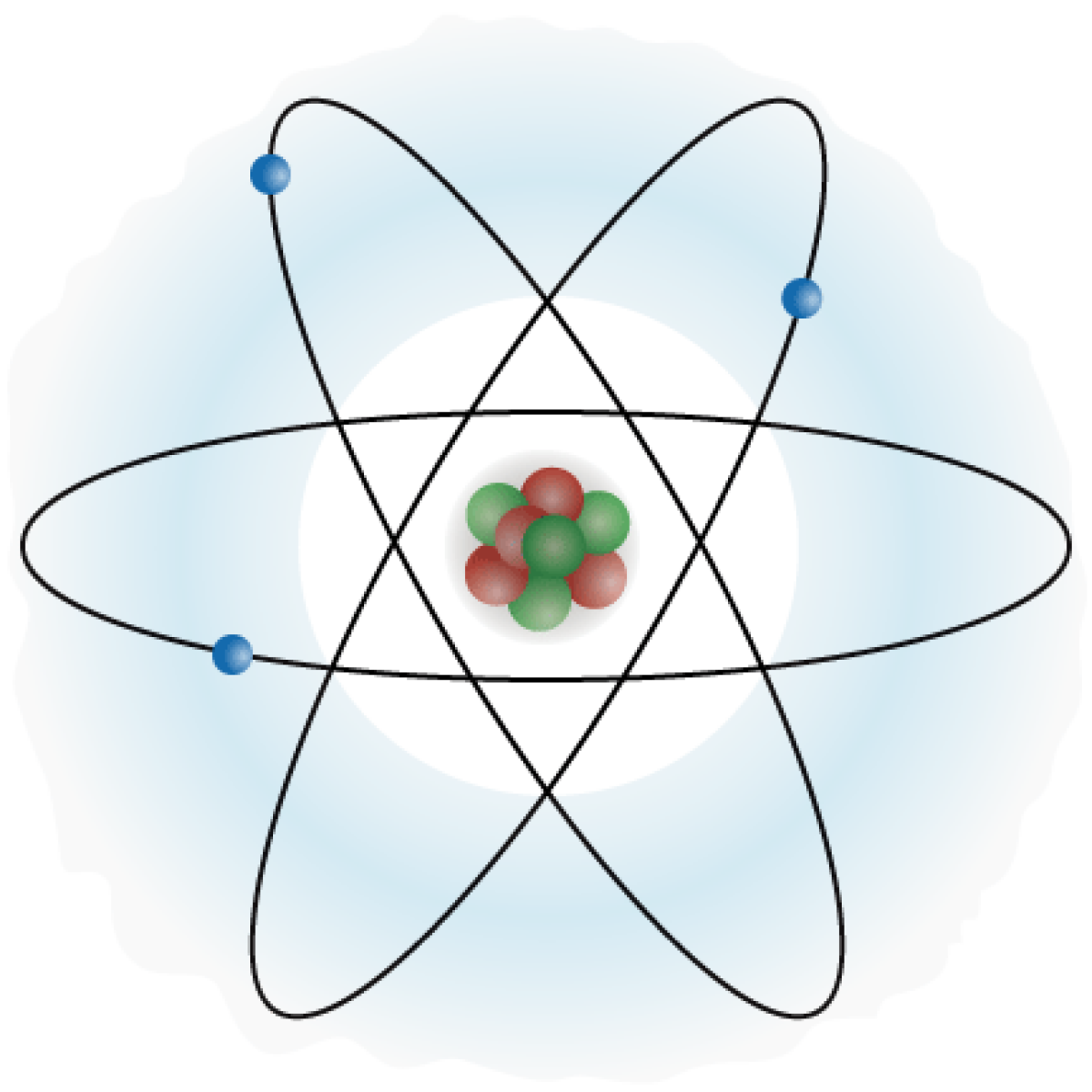
Scientists have shown that a fundamental physical process relating to the arrow of time can be reversed using quantum physics, with experiments showing that the very building blocks of our world can move backward—not just forward.
The second law of thermodynamics enshrines the principle that disorder—or entropy—tends to increase over time. It is fundamental to our understanding of the universe. Developed by British astronomer Arthur Eddington in 1927, the concept of an "arrow of time" explains why everything around us seems to be moving forward in time. It explains why our coffee always goes cold and predicts the eventual cold death of the universe.
"By revealing the fundamental influence of initial quantum correlations on time's arrow, our experiment highlights the subtle interplay of quantum mechanics, thermodynamics and information theory," the researchers write in the article uploaded to arXiv. "[The experiment] establishes that the arrow of time is not an absolute but a relative concept that depends on the choice of initial conditions."
In other words, quantum physics has—yet again—revealed that the universe is far more complicated than classical physics can explain.
Particles may act differently on a microscopic level
The direction of the arrow of time can be studied on a really tiny, or microscopic, level.
While everything seems to be moving forward on a larger, macroscopic, level, this is not necessarily true on a very small scale. The latest paper adds to a growing base of empirical evidence to back up the notion that—on a minute scale—the arrow of time can in fact be reversed.
The research relied on the concept of correlated particles. You may have heard of quantum entanglement—the idea that the state of each particle in an "entanglement" can only be described in terms of the rest of the group. Similarly, correlated particles become linked and share information. Their bond is not as strong as in the case of entangled particles.
Correlation allowed scientists to reverse entropy

Using a molecule of trichloromethane—hydrogen and carbon—scientists changed the temperature of the nuclei in two of its atoms. They made the hydrogen nucleus hotter than the carbon nucleus. When the particles were not correlated, the arrow of time moved forward as you would normally expect. Heat flowed from the hot hydrogen nucleus and warmed the colder carbon.
When scientists observed correlated particles, however, the opposite occurred. The hydrogen got hotter and the carbon cooled. This demonstrates a reversal of the arrow of time on a microscopic level.
For the keen physicist, this work might appear to break the second law of thermodynamics. However, the scientists explain, this law does not take into account correlation. It assumes particles are uncorrelated.
Researchers say their findings show the arrow of time "is not an absolute but a relative concept" and that when it comes to heat currents, microscopic systems may not be restricted by standard laws of physics.
"The precise scaling of this effect with the system size is an interesting subject for future experimental and theoretical investigations," they conclude. "Our results on the thermodynamic arrow of time might also have stimulating consequences on the cosmological arrow of time."
Uncommon Knowledge
Newsweek is committed to challenging conventional wisdom and finding connections in the search for common ground.
Newsweek is committed to challenging conventional wisdom and finding connections in the search for common ground.
About the writer
Katherine Hignett is a reporter based in London. She currently covers current affairs, health and science. Prior to joining Newsweek ... Read more
To read how Newsweek uses AI as a newsroom tool, Click here.








